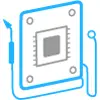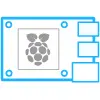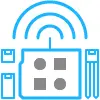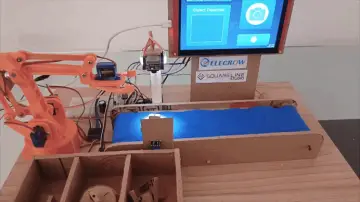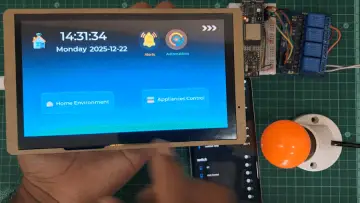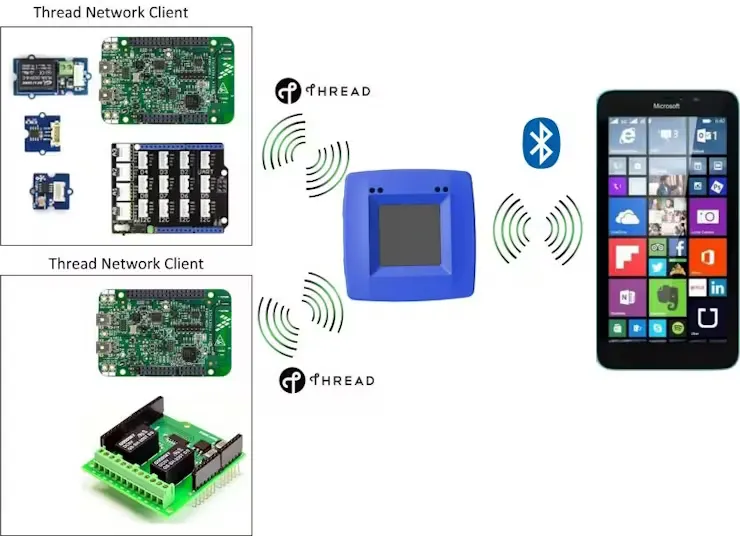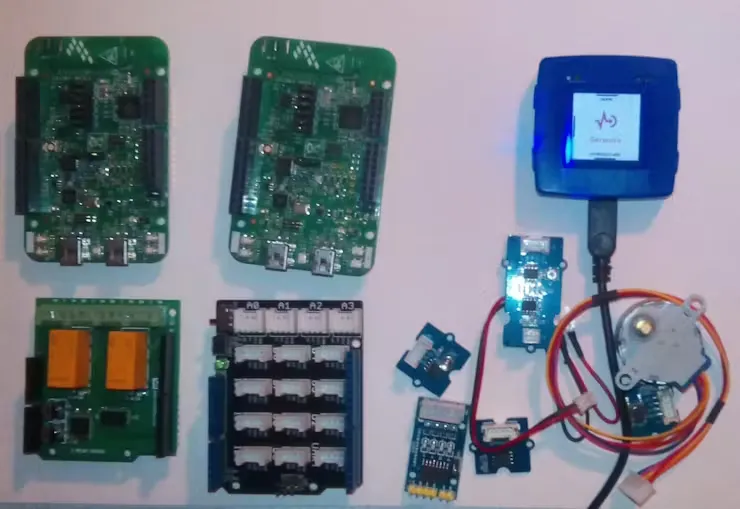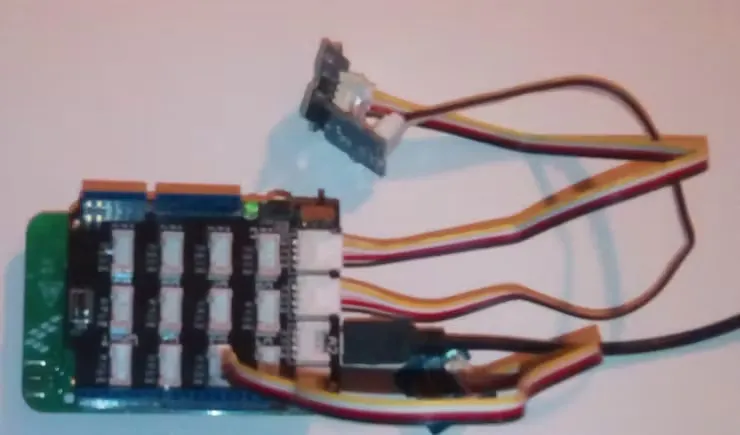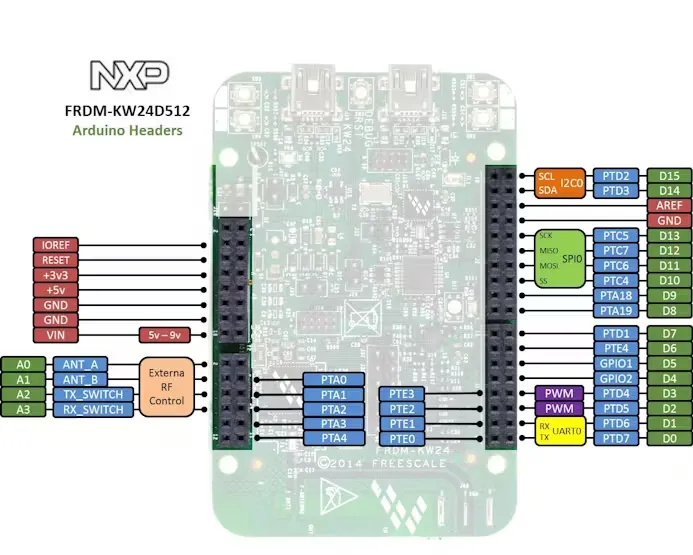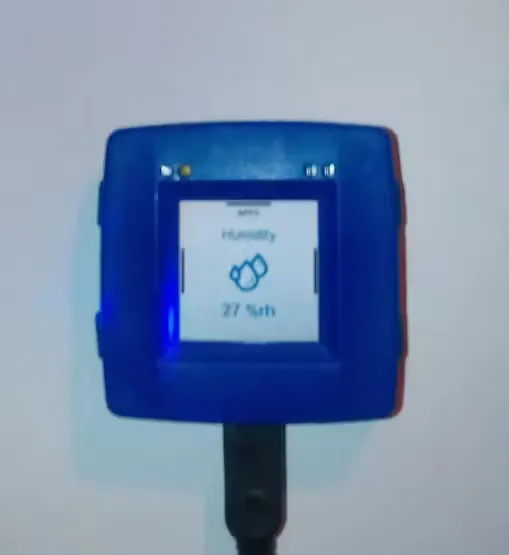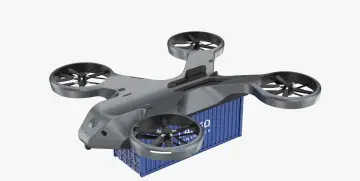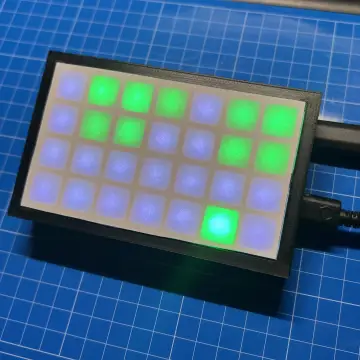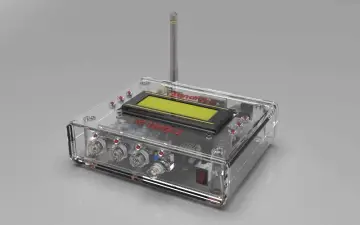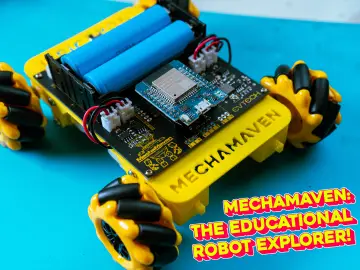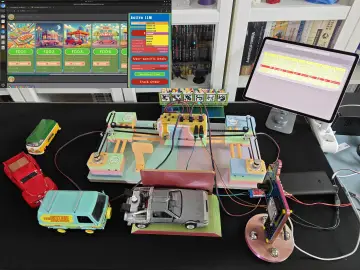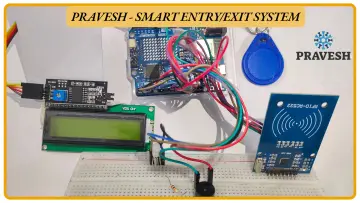Story
This system can be used to monitor selected environmental parameters such as temperature, illumination, relative humidity, and atmospheric pressure to ensure proper plant growth in greenhouses. A relay module is used to control electrical loads (e.g., irrigation pumps, heaters, lamps, and automated windows). Automation allows greenhouse owners to focus on cultivating plants rather than managing environmental conditions manually.
The main goal of this project was to develop a system that tests the network of sensors and actuators.
The system is managed via a mobile device (e.g., a smartphone or tablet), which connects to the mesh network through a hybrid router.
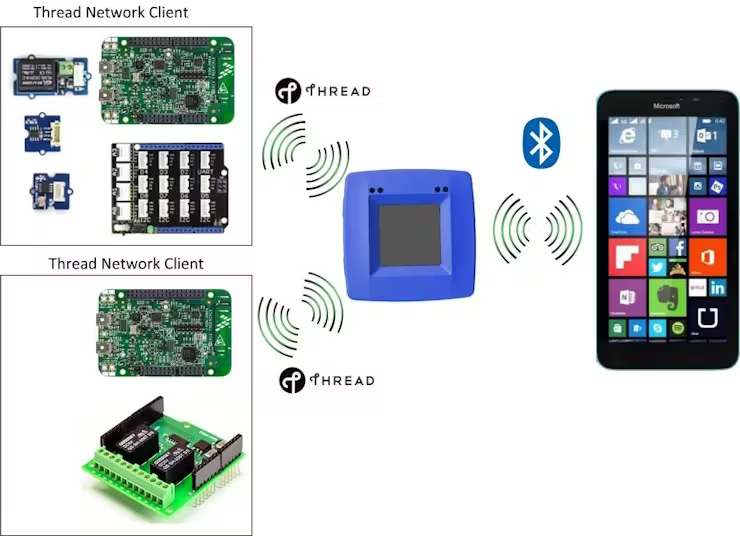
The concept is illustrated in the diagram above.
The system components communicate with each other using the wireless Thread network protocol.
Thread Network Client
Each client in the mesh network is based on the NXP MKW24D512 Kinetis Wireless MCU.
The NXP FRDM-KW24D development board with Arduino shields has been used to test the software and communication between system components.
The program code for the FRDM-KW24D boards was written using the Kinetis MKW2xD and MCR20A Connectivity Software and compiled in the Kinetis Design Studio IDE.

The FRDM-KW24D board connectors are compatible with Arduino R3 headers.
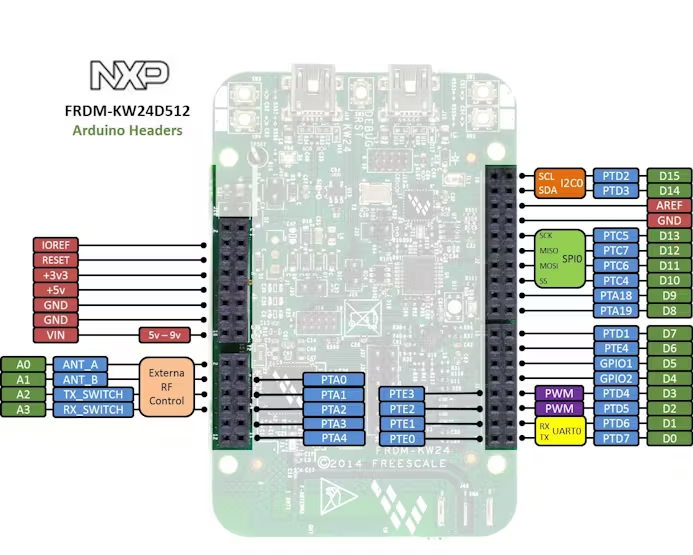
Various types of additional shields, sensors, and actuators have been attached to the FRDM-KW24D boards.
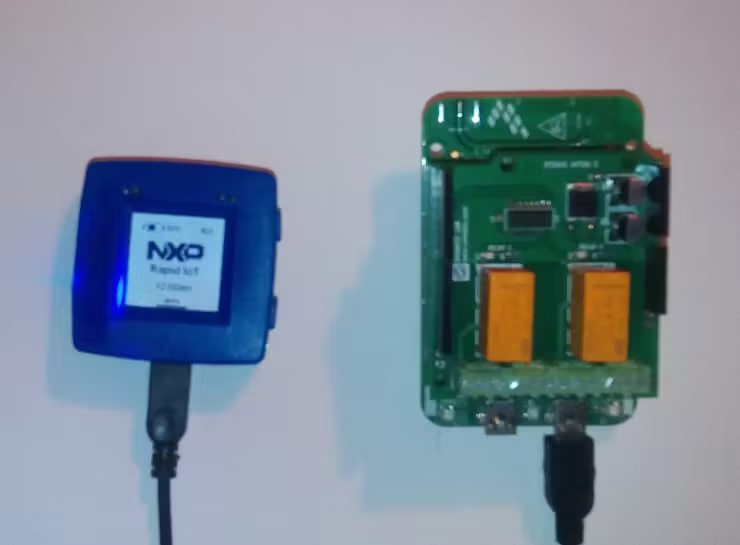
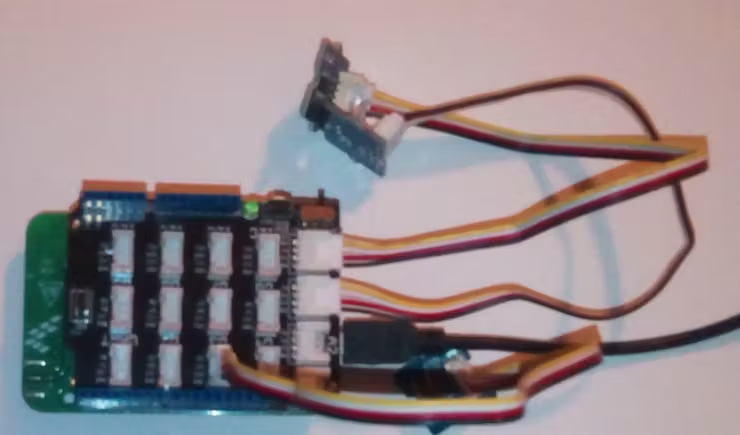
Data is transmitted to the NXP Rapid IoT Prototyping Kit via a wireless connection using the Thread protocol.
Hybrid Router
The NXP Rapid IoT Prototyping Kit features a KW41Z Wireless MCU and integrates Bluetooth Low Energy 4.2, Generic FSK, and an 802.15.4-compliant modem.
The KW41Z functions as a hybrid BLE-Thread wireless router. This microcontroller can control environmental parameters and maintain them within predefined limits using actuators. Firmware for the KW41Z MCU was written in C using the SDK for KW41Z and the MCUXpresso IDE.
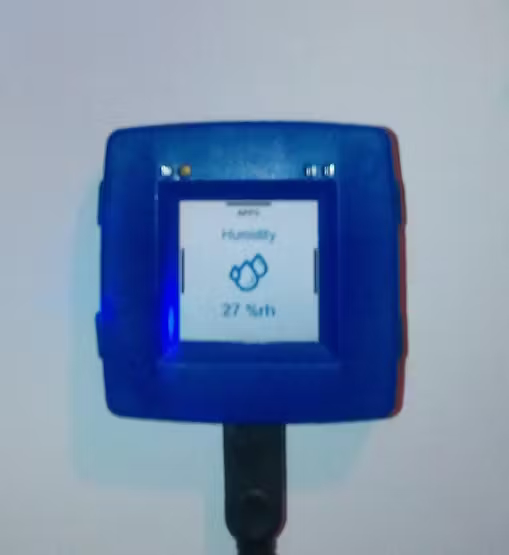
The system can be managed using the BLE Terminal in the IoT Toolbox application.



